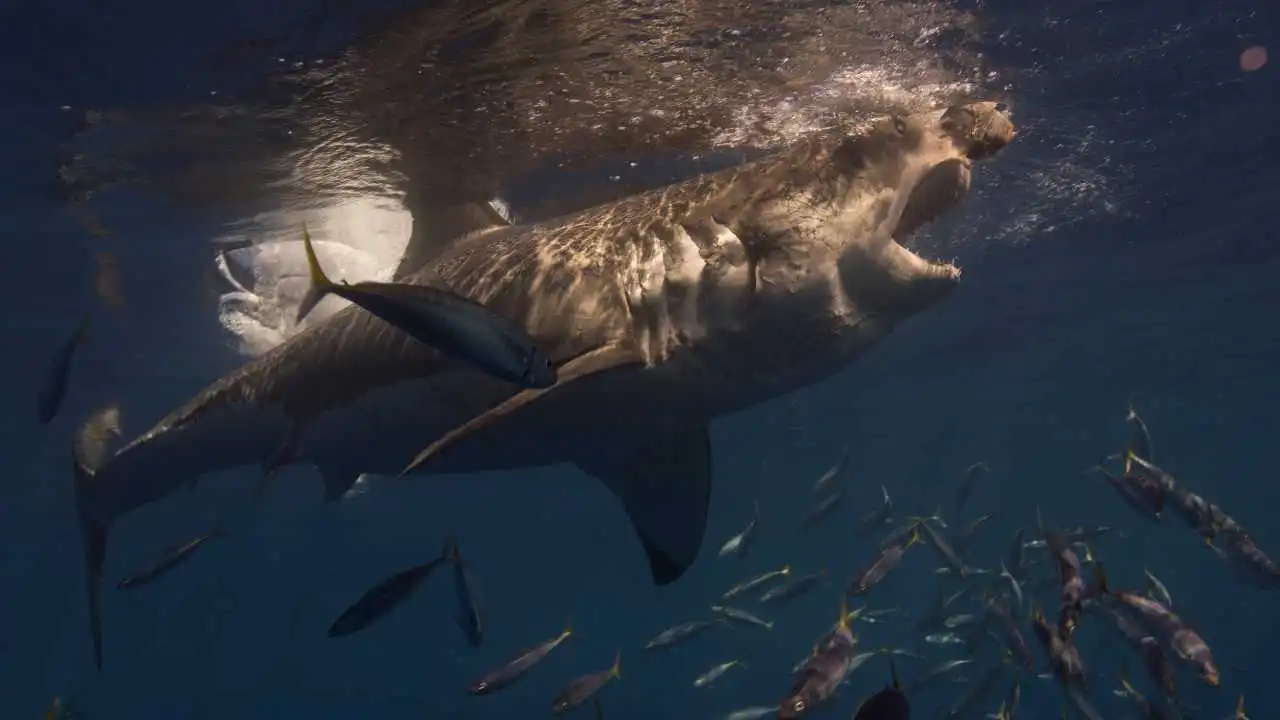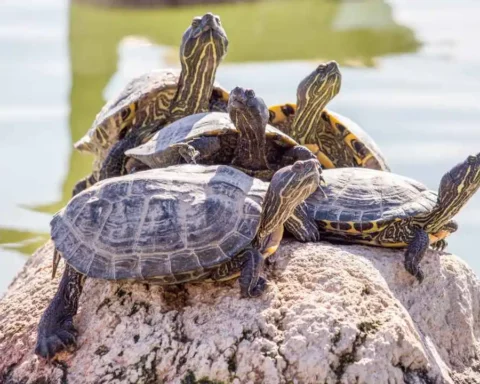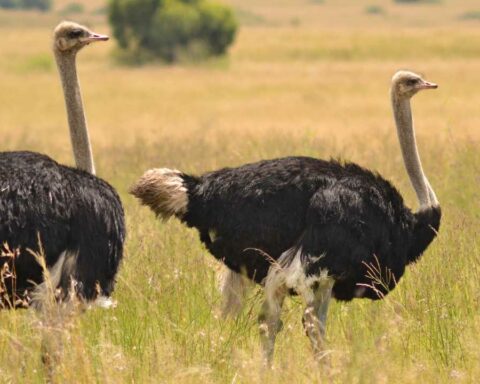Megalodon was a massive prehistoric shark. These enormous and frightening sharks lived 23 million years ago. They were large marine predators and were over 58.7 feet long. However, all the information that researchers studied was based on the study of large fossilized teeth that remained. Unlike other fish, sharks do not have bones, so no Megalodon skeleton has been found. Unfortunately, these magnificent sharks became extinct about 2.6 million years ago, and the exact root cause remains a mystery. Several factors are believed to have played a role, including climate change, Reduced prey availability, and competition from smaller sharks like the great white. The disappearance of this giant carnivore is a complex puzzle with multiple contributing factors, and ongoing research aims to uncover the full story of its demise.
Why did Megalodon go extinct?
The Megalodon likely went extinct due to various interconnected factors.
- Climate change and sea levels disrupted its habitat and distribution of its prey.
- Competition with other marine predators, including smaller, more agile sharks and new species of whales and dolphins, is depleting resources.
- The Megalodon’s enormous size required a significant amount of food, and the reduction in prey likely made survival difficult.
- Additionally, some of its main prey, such as certain types of whales, have faced extinction or population decline. These combined factors contributed to the Megalodon’s gradual decline and eventual extinction of the Megalodon.
How did environmental changes affect the megalodon’s habitat?

Environmental changes, such as temperature and sea level, affected Megalodon’s habitat. Megalodon thrived in warm waters and used shallow coastal areas for nesting and hunting. These environmental changes caused alterations in the distribution of their preferred prey, affecting their food supply and the overall ecosystem. These disturbances are believed to have played a role in the decline and eventually the extinction of Megalodon.
Could a Megalodon Still Be Alive?
No, because the chances of Megalodons still alive today are highly unlikely. The Megalodon is believed to have gone extinct around 2.6 million years ago. There is no concrete evidence to suggest that any Megalodons have survived to the present day.
How long did megalodons live?
Megalodons are believed to have lived for approximately 20 million years, beginning their existence about 23 million years ago and ending about 2.6 million years ago. During that time, they were one of the apex predators of the ocean, dominating marine ecosystems before ultimately going extinct.
Who killed the last megalodon?
It wasn’t killed by a specific predator or event but rather faced challenges that led to its extinction. The last Megalodon likely went extinct about 2.6 million years ago because of the changes in its environment and competition with predators, like white sharks and orcas.
Could Megalodon be brought back?
No, it is currently not possible to bring the Megalodon back to life. Scientists are exploring ways to bring back some recently extinct species, the Megalodon has been extinct for a very long time, and there are no close living relatives to use for such a project.
Did megalodon exist with dinosaurs?
No, Megalodon did not exist with the dinosaurs. The Megalodon lived millions of years after the extinction of the dinosaurs. They existed during the Cenozoic era, which began around 66 million years ago, long after the age of dinosaurs, which ended about 65 million years ago.
How do we know megalodon existed?
We know that the Megalodon existed because we found their fossilized teeth, vertebrae, and evidence of their feeding habits in ancient rocks and sediment. Additionally, ancient artwork and historical records from different cultures also suggest the existence of large shark-like creatures.
Why didn’t Megalodon survive?
Megalodon didn’t survive because it faced challenges in its environment, including changes in climate and competition with other predators. These challenges made it difficult for them to find enough food and thrive, eventually leading to their extinction around 2.6 million years ago.





